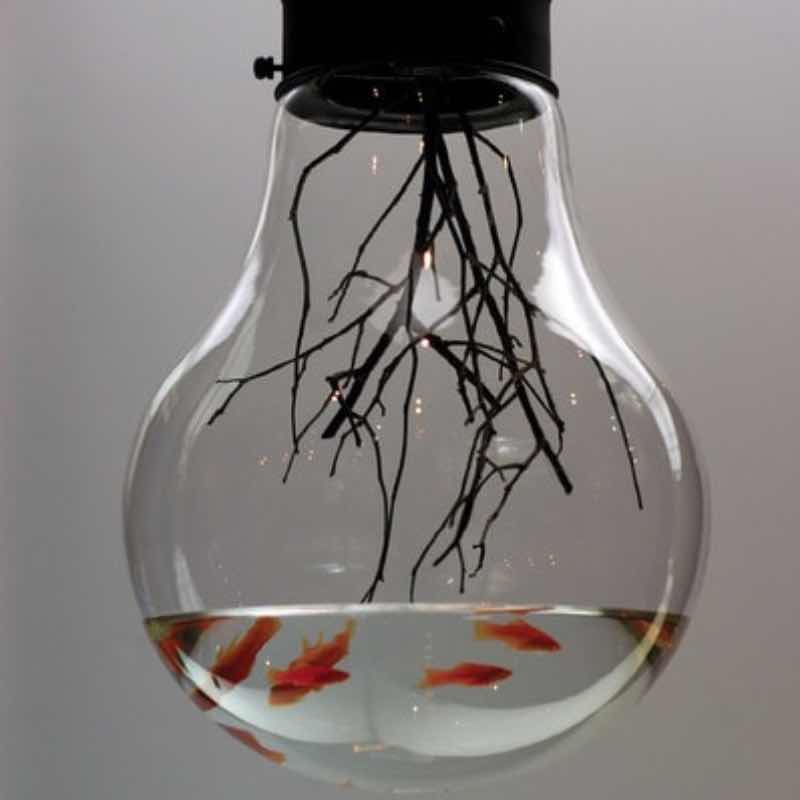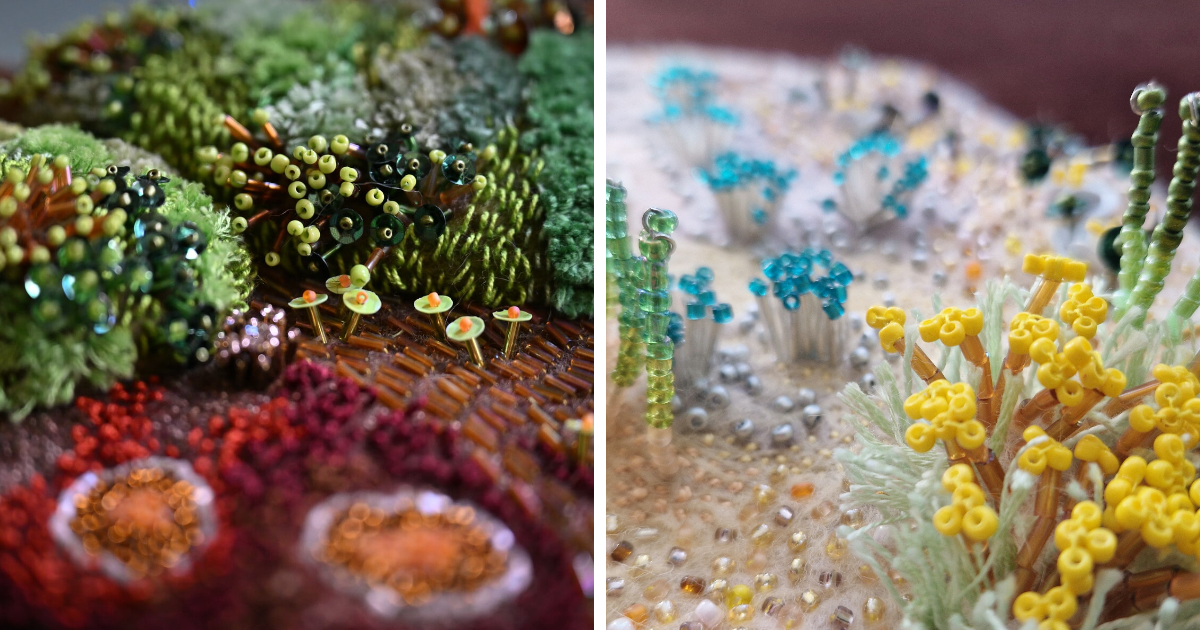
Artist Creates Incredibly Fragile Hairpins That Can Also Be Used As Self-Defense Weapons
Sakae is a Japanese artist that creates incredible hairpins called kanzashi by using resin and wires. But they’re not your regular hair accessories, these absolutely gorgeous pins have a long history in Japan that reveals its importance to their culture, and it goes all the way to the pre-historic Jōmon period (1000 BCE).
It was believed that a thin rod or a stick can protect you from evil spirits if you put it in your hair. Throughout the history, their design has evolved and their popularity has increased, so women started wearing them more often just as accessories. Little know fact is that these pins can also be used as protective weapons by making their ends really sharp. Now, Kanzashi is more likely to be worn by brides or professional kimono wearers such as geishas.
These kanzashis are so fragile that at the moment it is impossible to ship them so they are only available in Japan through Yahoo! auction. Sakae states that there are plans in the future to sell these absolutely gorgeous hairpins online, check her page for more information.
You can find more information on Sakae’s Instagram (h/t My Modern Met)
Kanzashi Sakae is a Japanese artist that uses resin and wires to create incredibly fragile hairpins

These pins are called Kanzashi and they are a popular accessory in Japan

But there’s a catch, these hairpins actually have an incredible history

Their first form is found in pre-historic Jomon period (1000 BCE) when people used to put thin rods or sticks in their hair

They thought that this will protect them from evil spirits

Their popularity has increased with more women wearing them as simple accessories

During XVIIth century, these accessories were actually used as self-defense weapons by making their ends really sharp

Now these hairpins are usually worn by brides or geishas

They are actually so fragile that it is impossible to ship them

Making them not only incredibly beautiful but also really hard to get


















Got wisdom to pour?